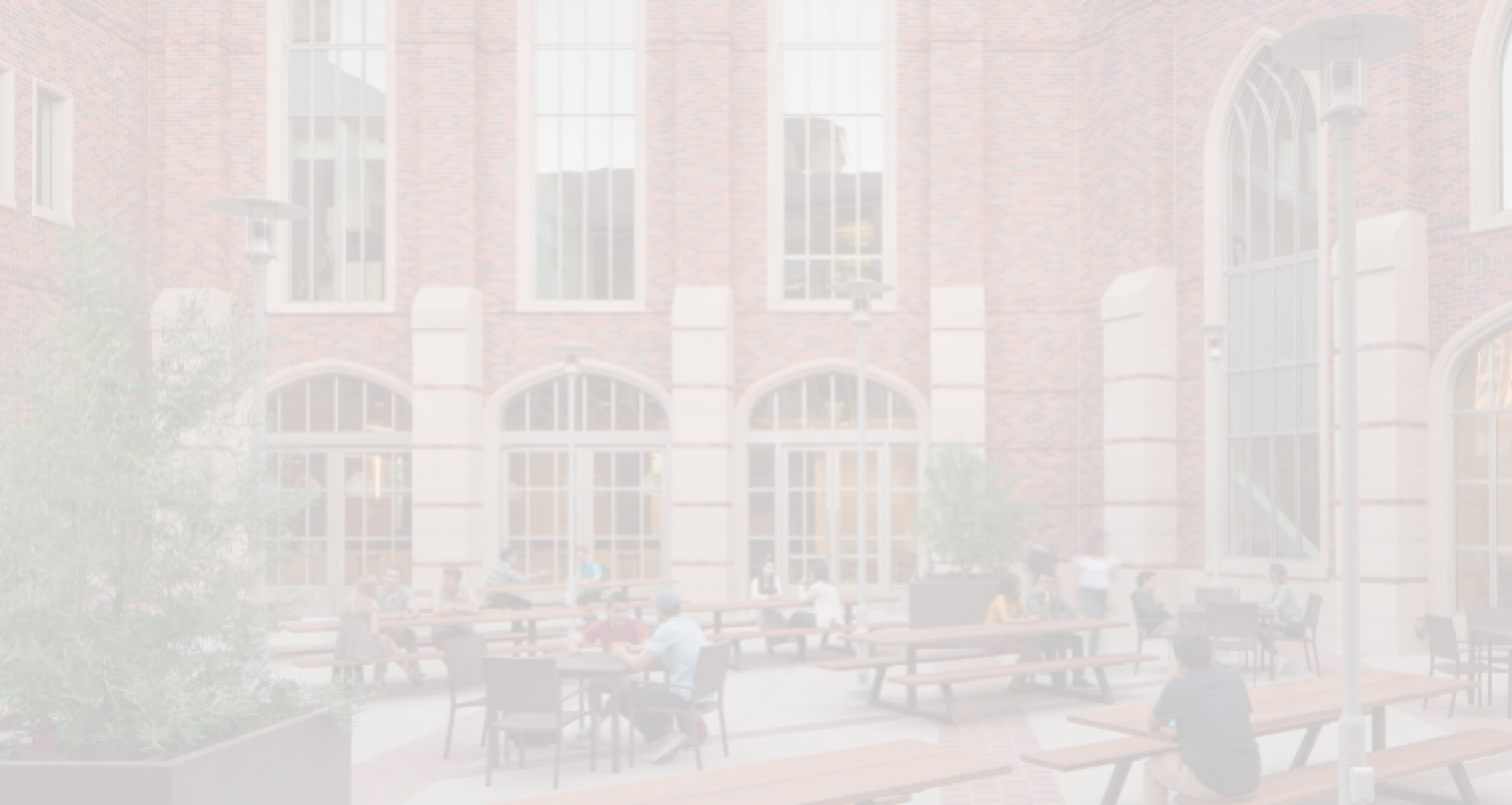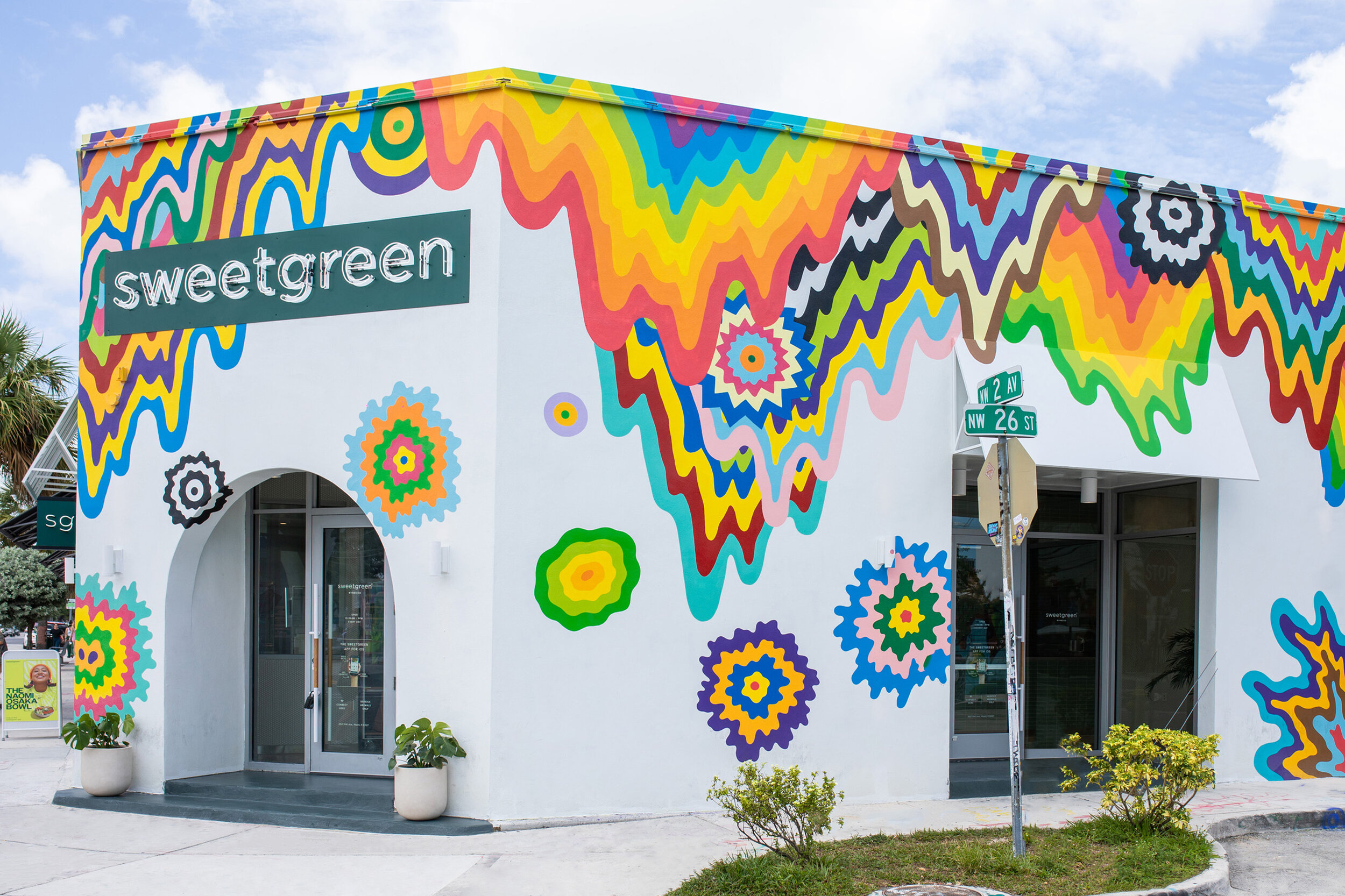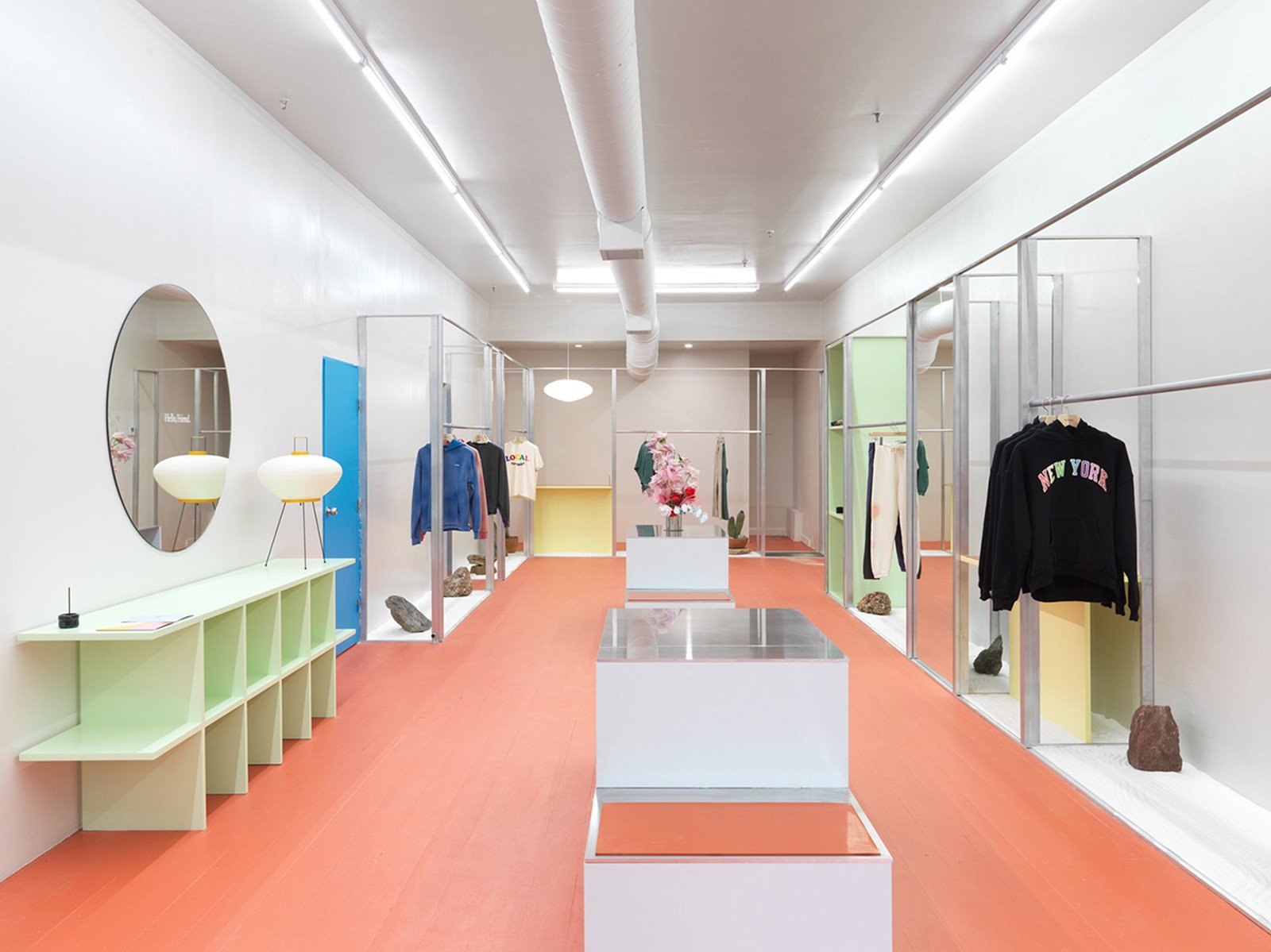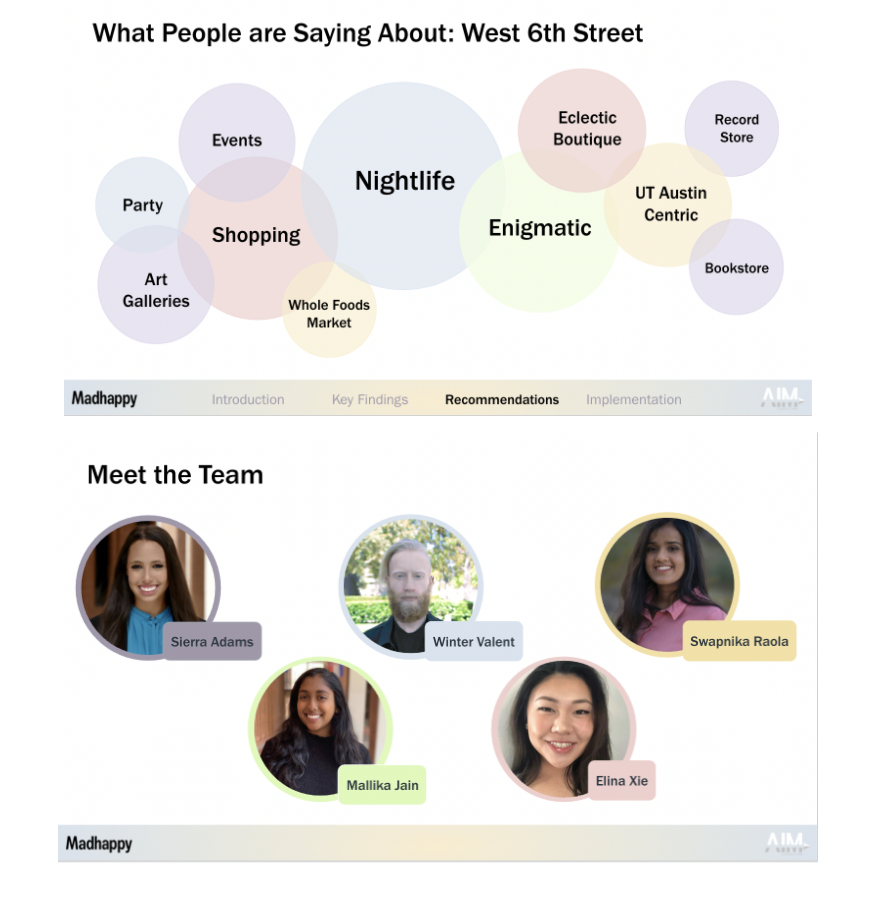
DoorDash
Spring ‘22 Client – Project Manager: Rohan Rane
Problem
How can DoorDash best position its newest product DashPass for Students on college campuses across the United States upon its launch in April 2022?
Additionally, through research and data analysis on the meal plans of students on college campuses, what are some go-to market strategies DoorDash can implement to gain a larger customer base?
Process
Our consultants were able to work with members of the marketing team, including the Head of Brand Marketing, in order to understand the product and its features in anticipation of the launch.
Their research was three-fold. First, they conducted a survey to understand the food habits of college students across 32 different campuses. Second, they held a focus group to understand and test usage of DoorDash for a customer journey audit. Lastly, they looked at other student-based subscriptions to understand the competitive landscape.
They virtually presented their findings to five members of the DoorDash marketing team for the final deliverable, where they were able to answer any questions or doubts from the DoorDash team.
Solution
For their recommendations, AIM consultants provided creative solutions that align with DoorDash’s values and engage with the lifestyles of college students across the country.
Their recommendations fell into three categories: loyalty programs, promotions, and partnerships. They outlined specific benefits for the loyalty program, promotional campaigns DoorDash that leverage DoorDash’s competitive advantages, and partners that will invite more students to try out DashPass for Students.
DoorDash has already implemented recommendations like school-targeted promotions and limited-time offers for certain deals. They are in the works to apply some of AIM’s larger recommendations, which we can share publicly Fall 2022!
sweetgreen
Spring ‘21 Client – Project Manager: Lewis Fitzpatrick
Problem
How can Sweetgreen most effectively enter new markets, with a specific focus on Austin and Miami, while establishing a connection with and gaining the trust of the existing community?
In addition to this, how can Sweetgreen strengthen its existing retail locations by increasing off-hour store traffic, making Sweetgreen more accessible around the community, and building Sweetgreen’s community outreach programs?
Process
After an initial visit to the Culver City Sweetgreen headquarters (where the six AIM consultants got to enjoy some tasty salads), the team began on the project scope by conducting data through surveys, researching, and brainstorming.
Throughout the process, the team had periodical check-ins through meetings and deliverables with the Sweetgreen client contact and the other AIM consultant teams.
For their final interactive deliverable presentation, the team returned to the Culver City Sweetgreen headquarters where they presented the final deliverable slide deck accompanied with a printed detailed deck of all of the research, findings, and recommendations to the Sweetgreen retail marketing department.
Solution
The team delivered a final presentation that was built off a “branding 3.0” strategy designed to engage, connect with, and celebrate the Sweetgreen community.
Backed by primary and secondary research, the final decks included a competitor analysis, a general market entry playbook that was applied to both Miami and Austin, as well as four final “big-picture” recommendations including “Sweet Wheels,” a food truck and pop-up program, “sg2,” a Sweetgreen study hours program, “Sweet Planet,” a sustainability-focused program, and a Sweetgreen work-study program to increase community outreach.
Since the final deliverable, Sweetgreen has already implemented some of these final recommendations, such as the Sweetgreen food truck and the Miami-specific bowl for Miami’s new Sweetgreen opening.
MADHAPPY
Fall ‘19 Client – Project Manager: Sierra Adams
Problem
What are the strengths and weaknesses of the Madhappy College Ambassador Program, and how can Madhappy restructure or improve the success of this program?
In addition to this, through an analysis of Madhappy’s current figures coupled with external market research, is it feasible to expand to three or more potential new cities, and what should the tailored go-to-market strategy be for one of them?
Process
As this project was conducted during a virtual AIM consulting semester, the team of five consultants met with the cofounder and intern of Madhappy over Zoom in order to learn about the company, its goals for the project, and its general values.
The team of consultants then began to conduct market research through analyzing company data and their own outside research, identified the most optimal cities for Madhappy expansion, and collaborated with the client contacts to identify which cities to target for expansion.
After the semester of virtual meetings and deliverables with the client contacts and the other AIM teams, the Madhappy consulting team presented their final deliverable, accompanied with a detailed deck, over an interactive Zoom call to the client.
Solution
As a solution to the two-pronged scope, the team of AIM consultants presented their solutions in two parts. One part was during their mid-semester deliverable, which consisted of a competitor analysis of Madhappy’s ambassador program and an evaluation of the three potential cities, and the second part was during their final deliverable, which consisted of their recommendations for restructuring and improving the ambassador program, and a go-to-market strategy for the city of Austin.
For the go-to-market strategy, the team provided thorough recommendations for two streets in Austin with a comparison of the two in relation to Madhappy’s brand, also providing recommendations for campaigns to run, specific micro-influencers to consider, as well as Austin-specific collaborators for food, local artists, and festivals.










